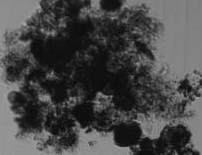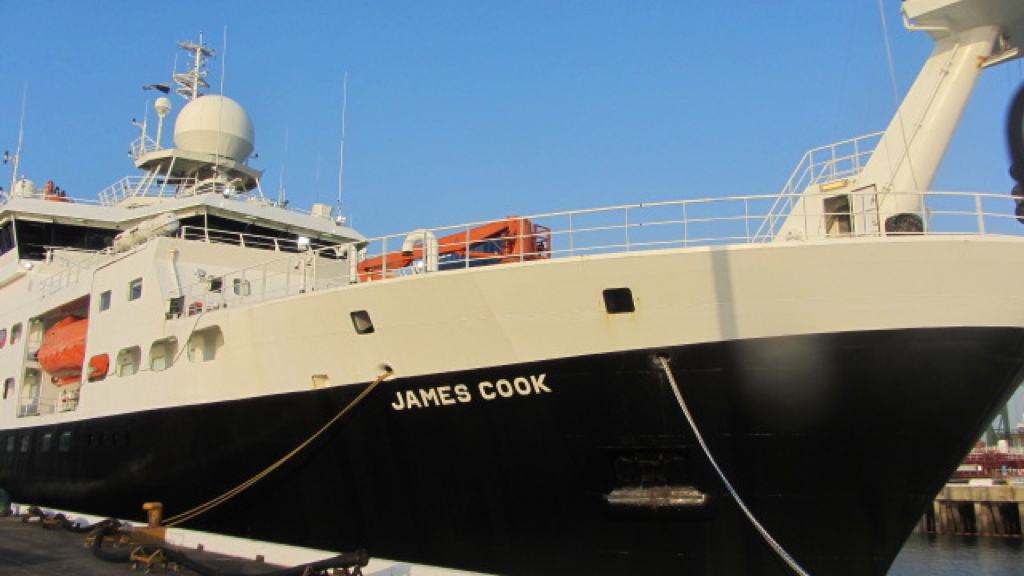
A key piece of the puzzle about how the world’s oceans draw down atmospheric carbon at different rates in different areas has been solved by scientists from the UK’s National Oceanography Centre (NOC), led by researcher Dr Emma Cavan (pictured, below left), who recently joined IMAS to work with Professor Philip Boyd on his Australian Research Council Laureate Fellowship research.
Dr Cavan discovered the mechanism underpinning more efficient carbon transfer in low oxygen zones of the ocean.
 The research, published in Nature Communications and funded by the UK’s Natural Environment Research Council (NERC), suggests that the observed increase in efficiency is due to changes to zooplankton activity in the low oxygen zones.
The research, published in Nature Communications and funded by the UK’s Natural Environment Research Council (NERC), suggests that the observed increase in efficiency is due to changes to zooplankton activity in the low oxygen zones.
The storage of carbon in the ocean has a regulating effect on the climate and increases as tiny carbon-containing particles (pictured, above right) sink from the surface ocean.
More efficient sinking in low oxygen zones has been previously observed but until now the mechanism driving it was a mystery.
If carbon-rich particles reach the deep ocean before they are degraded the carbon they carry is stored away from the atmosphere in the deep ocean.
In parts of the ocean where oxygen levels are high, zooplankton can easily eat or break up clumps of carbon rich material sinking from the surface ocean, therefore less carbon sinks to the deep ocean where it can be stored.
But when oceanic oxygen levels are low this zooplankton behaviour changes and particles sink deeper before being respired by bacteria.
 Dr Cavan said the study was based on observations from a research expedition to the eastern equatorial Tropical North Pacific, led by the University of London, on the UK research vessel RRV James Cook (pictured, right).
Dr Cavan said the study was based on observations from a research expedition to the eastern equatorial Tropical North Pacific, led by the University of London, on the UK research vessel RRV James Cook (pictured, right).
“It’s likely that fewer zooplankton go into low oxygen waters and those that do shut down some of their bodily functions because of the low oxygen concentrations, leading to the deeper sinking of carbon,” Dr Cavan said.
“In this study we showed that carbon loss in low oxygen waters is predominantly by microbes, and not zooplankton.”
Co-author, NOC Professor Richard Sanders, said Dr Cavan’s study was a significant breakthrough.
“We have known for a long time that oxygen levels are somehow related to the depth material sinks before being degraded but the mechanisms underpinning this had remained elusive.
“Emma’s work shows pretty conclusively that the zooplankton response to low oxygen levels is key, a finding that has opened up this field and will pave the way for a raft of studies focusing on establishing the details of how this key climate sensitivity operates.”
Dr Cavan’s research at IMAS is looking at the carbon cycle in the Southern Ocean, using similar techniques employed in her UK research and focusing on how the Southern Ocean ecosystem influences carbon storage, and how climate change will affect the oceanic carbon cycle.